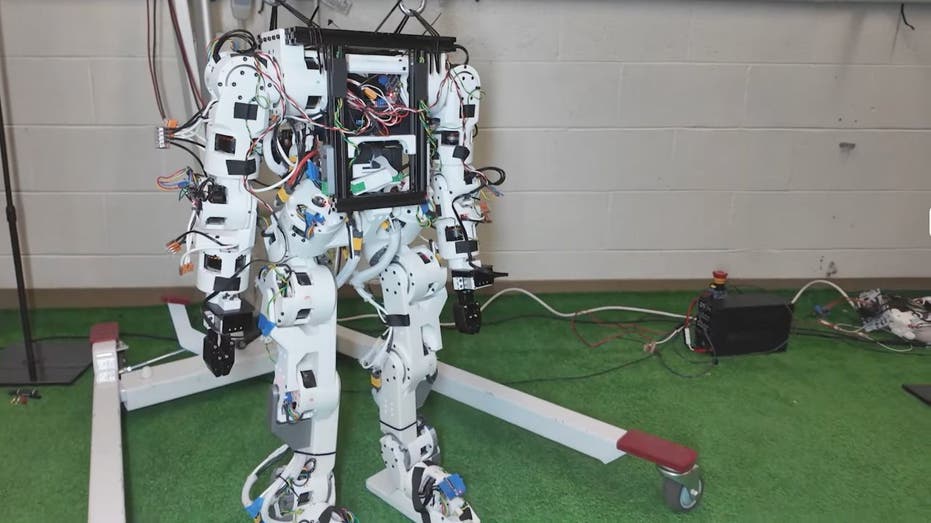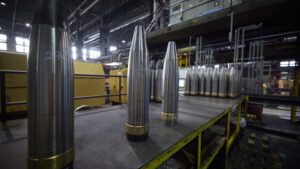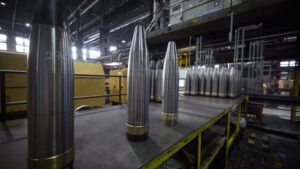
In a groundbreaking move, the University of California, Berkeley has unveiled the Berkeley Humanoid Light (BHL), a lightweight, open-source humanoid robot designed to be affordable and accessible to a wide range of users. This innovative project aims to break down barriers in robotics, making it possible for students, hobbyists, and small research teams to engage with humanoid robotics without the prohibitive costs and complexities typically associated with the field.
The BHL stands out in the robotics landscape as it can be constructed using 3D-printed parts and readily available components, costing less than $5,000 to build. This development represents a significant shift towards democratizing technology, allowing more people to participate in robotic innovation.
Why Accessible Robot Design Matters
Traditionally, building a humanoid robot has required access to expensive equipment like CNC machines and custom electronics, placing it out of reach for many. The Berkeley team sought to change this narrative with the BHL project, aiming to create a robot design that does not necessitate a massive budget or a fully equipped lab. By utilizing parts that can be ordered online and printed at home, the BHL opens up new possibilities for experimentation and learning.
According to the project leads, the BHL is not just about affordability; it’s about fostering innovation by making robotics accessible to all. The robot’s modular design allows builders to start small, creating individual components before assembling the entire humanoid, making it an ideal platform for educational purposes and personal projects.
Inside the Berkeley Humanoid Light
Standing at approximately 39 inches tall and weighing just over 35 pounds, the BHL is powered by modular actuators featuring 3D-printed cycloidal gearboxes. These gearboxes distribute pressure more evenly across larger gear teeth, enhancing the longevity and performance of the joints, akin to those found in high-end commercial robots.
The modular nature of the BHL means that builders can progress at their own pace, starting with a single actuator and gradually moving to complete limbs and eventually the entire robot. This flexibility is crucial for those with limited resources or those new to robotics, providing a manageable entry point into the field.
Open Source and Community Driven
Everything about the BHL is open source, from the hardware design to the control software and a custom teleoperation system using SteamVR. This openness ensures that the robot is easy to control, simple to repair, and highly customizable. The project has already fostered a vibrant community on platforms like Discord and GitHub, where builders share tips, upgrades, and complete builds.
This community-driven approach is a cornerstone of the BHL’s success, as it encourages collaboration and accelerates learning. By bringing more voices into the conversation, the project not only advances individual knowledge but also contributes to the broader field of robotics.
Implications for the Future of Robotics
The Berkeley Humanoid Light is a testament to what can be achieved when technology is made accessible. By lowering the barriers to entry, the BHL could inspire a new generation of roboticists and hobbyists, potentially leading to breakthroughs in various fields, from healthcare to automation.
As the project gains traction, it raises important questions about the future of robotics. Will open-source and affordable humanoid robots like the BHL pave the way for widespread innovation, or will challenges such as high costs and complexity continue to limit access? The success of the BHL could set a precedent for future projects, emphasizing the importance of accessibility in technological advancement.
In conclusion, the Berkeley Humanoid Light represents a significant step forward in making robotics more inclusive. By combining smart engineering with a commitment to openness, the team at UC Berkeley is proving that accessible design does not mean compromising on quality. Whether you’re a student, a maker, or simply curious about robotics, the BHL is a project that showcases the potential of technology when it is designed for everyone.






